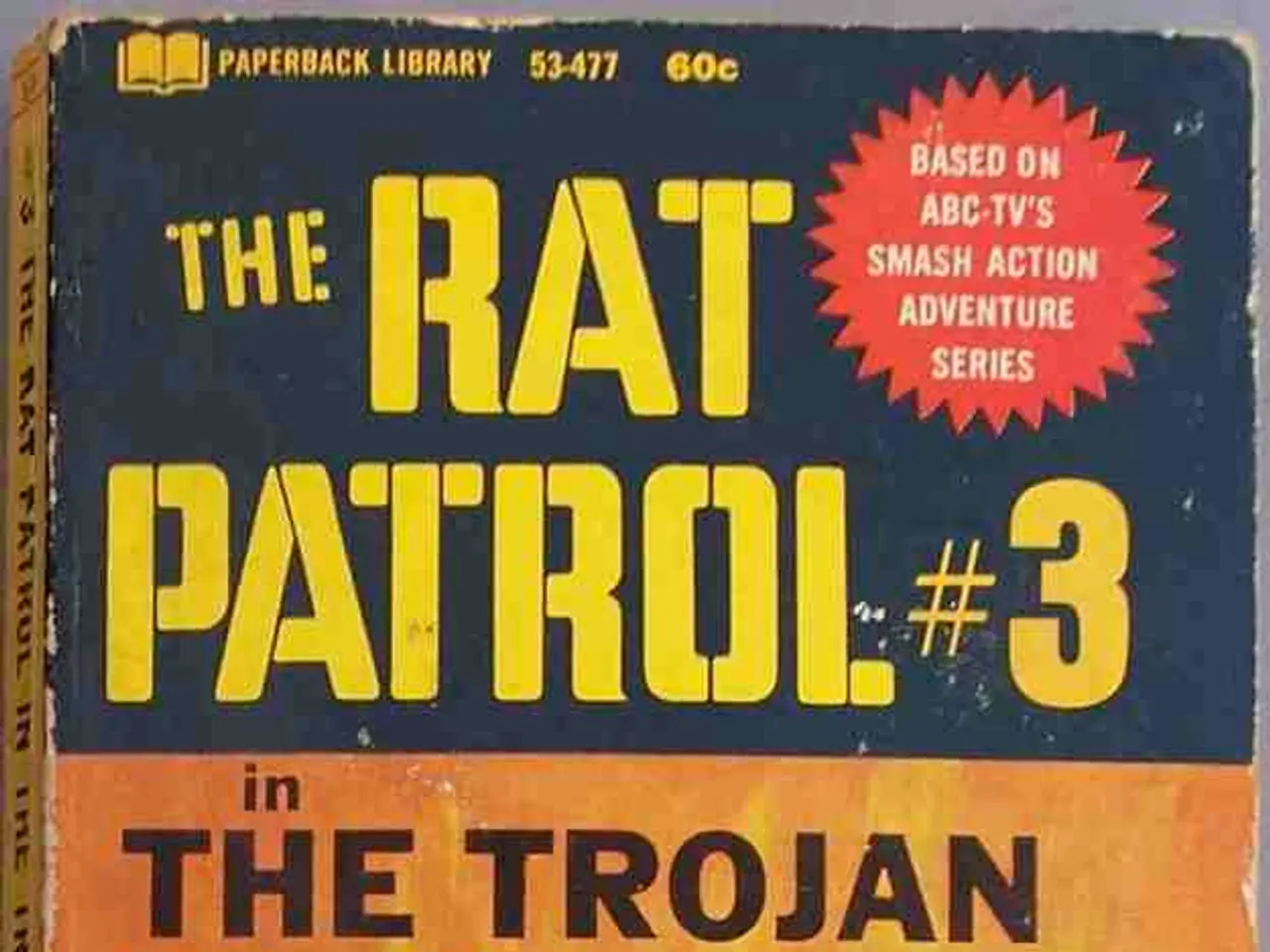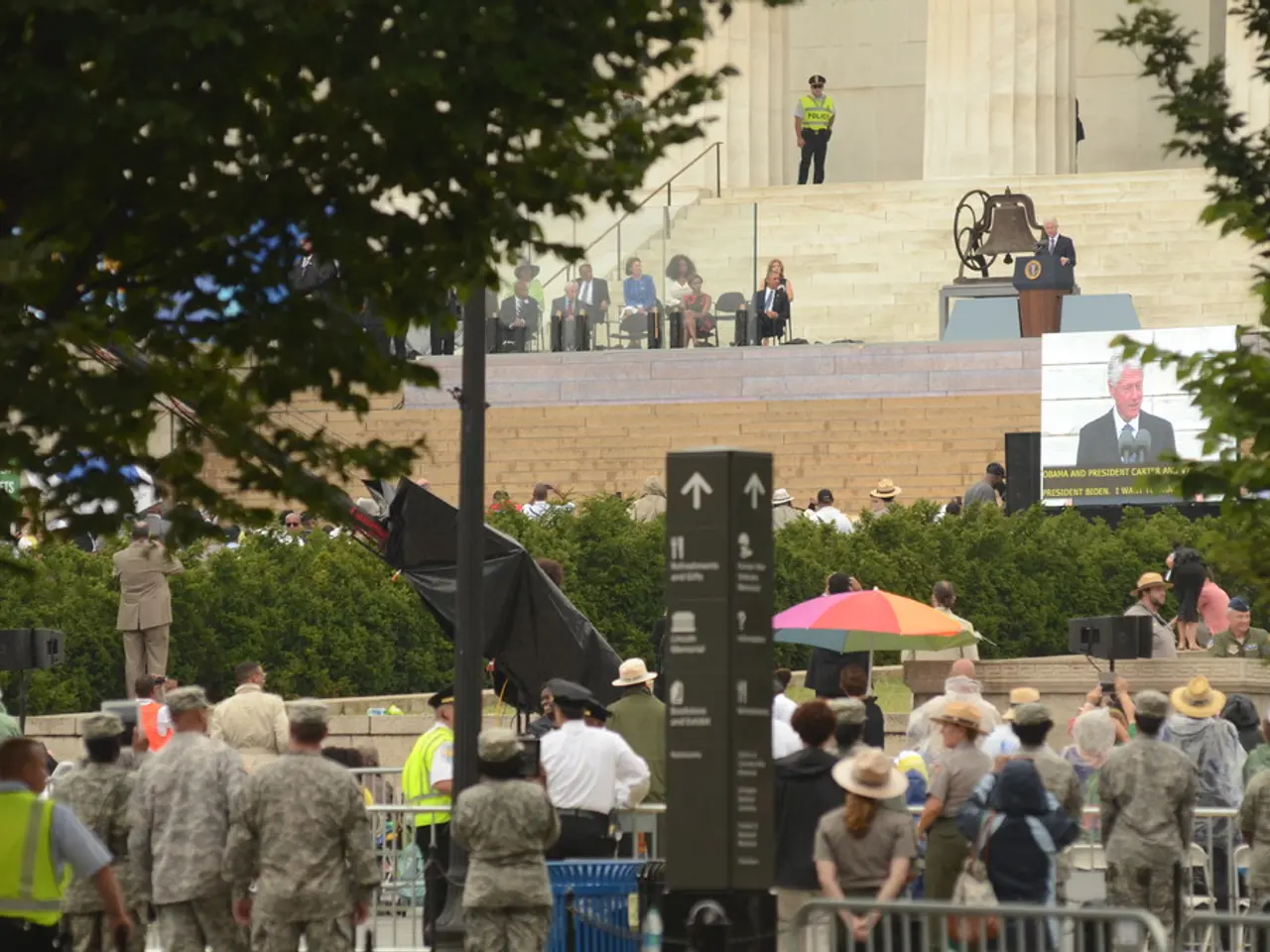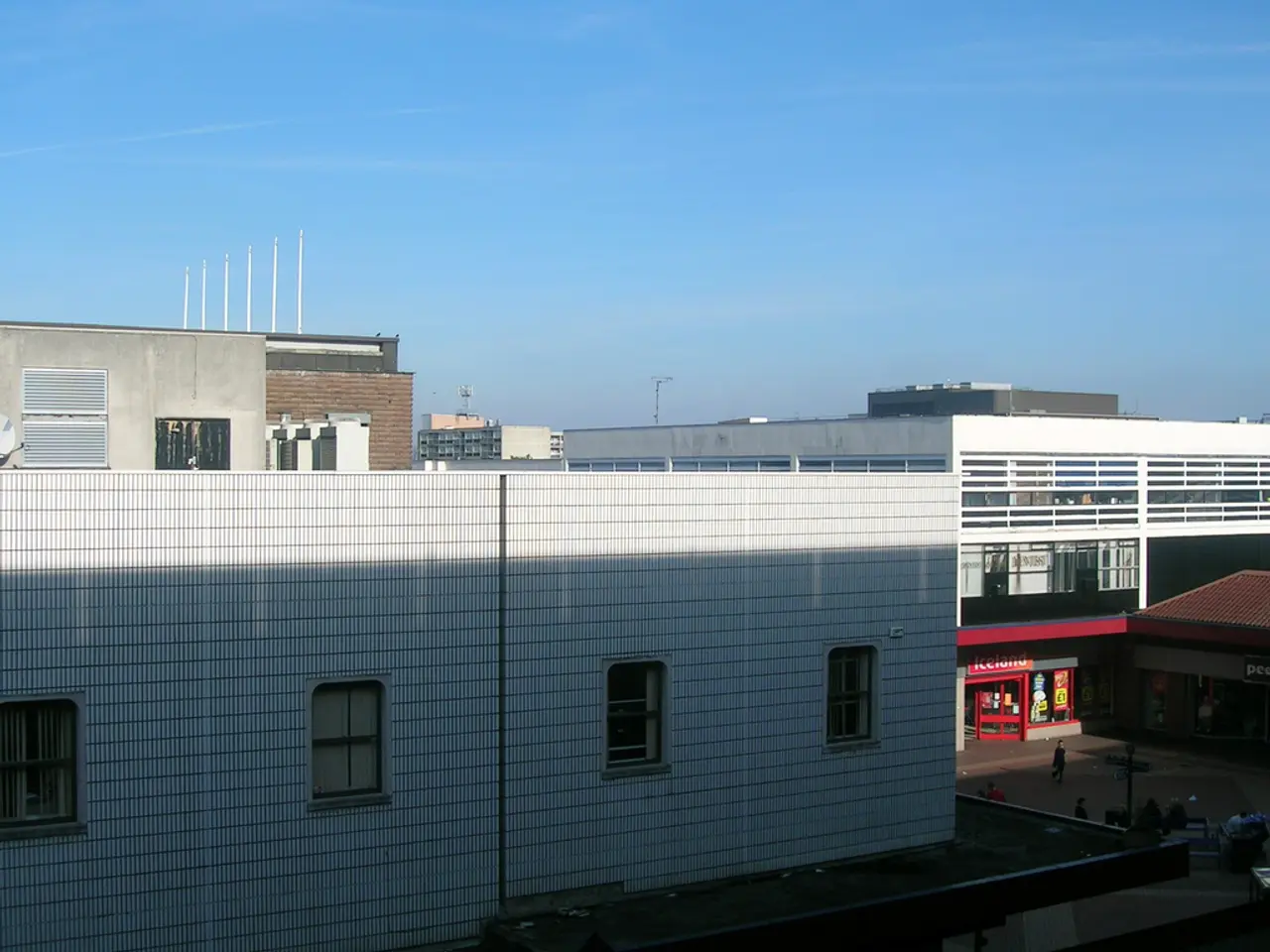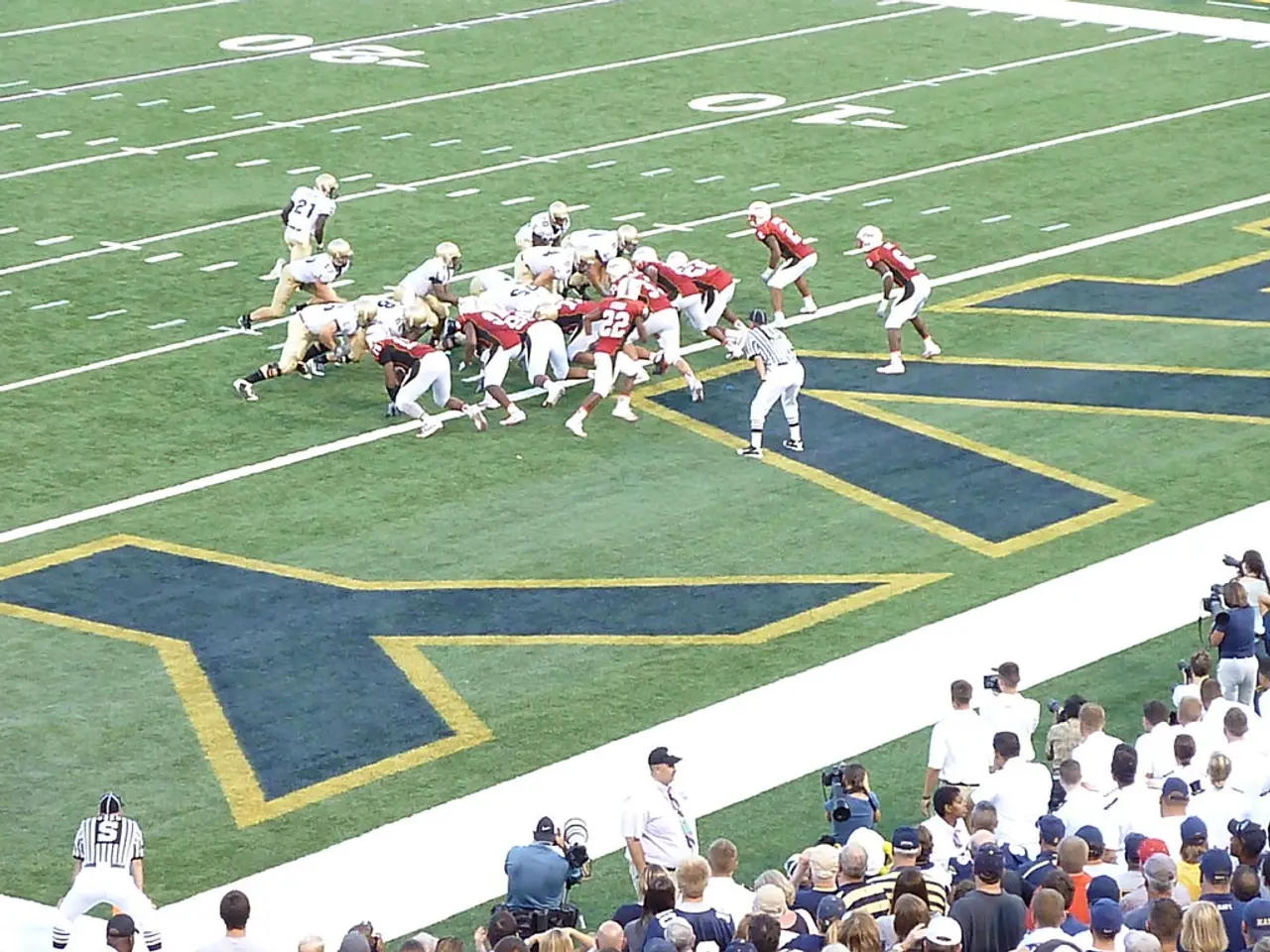Lebanese Administration Directs Military to Implement Scheme for Disarming Hezbollah Group - Military action by the Lebanese authorities to disarm the armed militant group Hezbollah has been instigated.
In the aftermath of a prolonged conflict with Israel, the Lebanese government, under strong U.S. backing, has intensified efforts to bring all weapons under state control, particularly targeting Hezbollah's arsenal for disarmament. This contentious move has created a highly charged political environment marked by Hezbollah’s firm rejection and large-scale protests.
The history of Hezbollah disarmament efforts dates back decades, but major recent developments have intensified after the 2023-2024 war with Israel. Hezbollah, a resistance group founded in 1982 against Israeli forces, has maintained significant armaments, which it considers essential for Lebanese sovereignty and defense.
Following the end of the conflict in 2024 and the assassination of Hezbollah's longtime leader Hassan Nasrallah, the Lebanese Armed Forces moved to disarm militias in southern Lebanon, Hezbollah’s traditional stronghold. The Lebanese government claimed progress by mid-2025, with Hezbollah reportedly surrendering control over some facilities.
However, Hezbollah vehemently opposes the disarmament efforts. They describe them as a “grave mistake” and warn of potential renewed conflict with Israel. Hezbollah leaders argue their weapons are vital for national defense and sovereignty, refusing to comply unless Israeli forces first withdraw from Lebanese territory and prisoners are released.
The disarmament discussions are deeply entangled with the broader regional conflict. Hezbollah’s weapons are seen as backed by Iran, its main patron, while Israel strongly opposes Hezbollah’s armament and incursions. The U.S. pushes Hezbollah disarmament partly to stabilize Lebanon and are leveraging international aid as incentives.
The Lebanese cabinet’s decision faces splits, with some Shiite members walking out and the army having to work on a disarmament plan amidst political instability. Although the government sets deadlines for disarmament plans, Hezbollah’s entrenched position and the constitutional concerns raised by opponents risk deepening Lebanon’s political crisis.
In summary, the history of Hezbollah disarmament efforts culminates in the current U.S.-backed Lebanese government push in 2025, aimed at consolidating state sovereignty over arms but met with strong refusal and political fallout from Hezbollah and its allies. The involvement of Israel, Iran, and the USA makes this a complex regional issue intertwining security, sovereignty, and geopolitical rivalry. The situation remains dynamic with the potential for significant unrest or further conflict depending on compliance and negotiations.
The European Union, expressing concern over the complex situation in the Middle East, has noted the ongoing war-and-conflicts and political tensions, with the general news focusing particularly on the Lebanese government's efforts to disarm Hezbollah and consolidate state control over weapons. These efforts, met with strong opposition from Hezbollah and political instability within the Lebanese cabinet, have been entangled with broader regional conflicts involving Israel, Iran, and the USA, making this a regionally significant issue intertwining security, sovereignty, and geopolitical rivalry.








